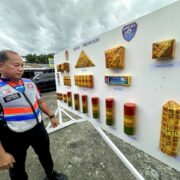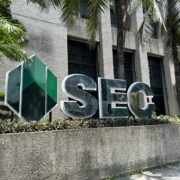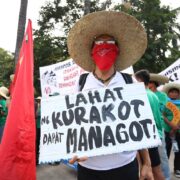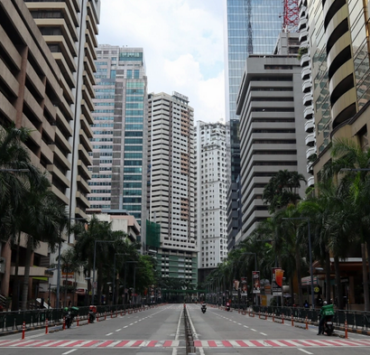Interest rate adjustment fuels mixed Philippine real estate market recovery signals
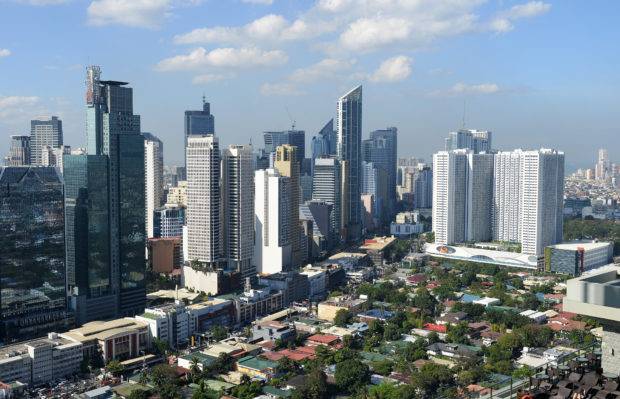
The Monetary Board’s (MB) highly anticipated move to reduce the Bangko Sentral ng Pilipinas’ (BSP) target reverse repurchase (RRP) rate by 25 basis points to 6 percent on Oct. 16 resulted in a consequent decline in overnight deposit and lending facilities to 5.5 percent and 6.5 percent, respectively.
This early, BSP’s messaging indicates further rate cuts in the upcoming MB meeting in December.
Intended effect
The intended effect of policy rate cuts, however, usually takes longer than the expected period in order to be fully realized.
The decline in the BSP policy rates does not directly affect the movement of fixed interest rates (e.g., loan or mortgage rates) in real time. The long-term performance of key economic indicators, such as consumer spending and stable employment figures, ultimately influence lenders’ fixed interest rate offerings.
Mixed signals
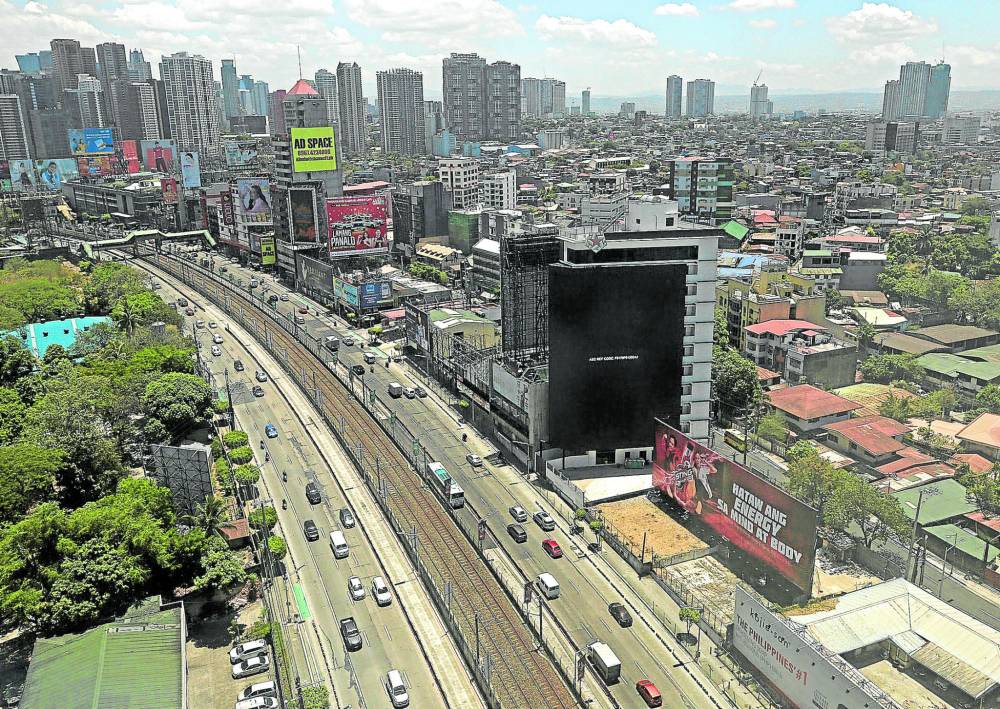
The overall performance of the key data points of the Philippine economy is relatively mixed.
The national unemployment rate recently declined to 4 percent in August from its month-ago level of 4.7 percent. Despite this positive labor market outlook coupled with the 6.3 percent year-on-year expansion of the gross domestic product (GDP), the rate of consumer spending growth has been underwhelming.
Moreover, while inflation rate in the first nine months settled at 3.3 percent, well within the government’s target range of 2 to 4 percent, there is still a moderate risk for upward movement. This may be attributed to the recent volatile movement of fuel prices in the short-term and the local mid-term election fever in the medium-term.
Delicately calibrated
Given these economic headwinds, there is a strong likelihood that (expected) further downward adjustments of the BSP policy rates will remain delicately calibrated.
Lower-than-optimal interest rates in a highly volatile inflation rate environment could lead to further loss of consumers’ purchasing power, which may digress and delay the long overdue recovery of the economy and its trickled-down growth effect on the real estate sector.
Green shoots
Numerous green shoots in the Philippine real estate sector can be observed, such as consecutive periods (quarterly) of positive office space absorption growth and growth in residential buyer demand and inquiries.
However, the return to inflection point remains modest due to growing trends in hybrid work practice and affordability pressures in the residential condominium market due to elevated construction costs.
The hoped revival of market enthusiasm–both from the occupier/buyer and developer side–due to the downward correction of the BSP policy rates will likely bring forth new development launches in the medium term.
However, rental rates and capital value stability within key real estate segments such as the office and residential sectors remain under pressure due to still high inventory levels.
Average office vacancy rates, which stood at 17 percent by the end of Q2 2024, have remained a concern in light of continued space rationalization among traditional corporate occupiers. The number of unsold inventories now reaches historically high levels, coupled with the completion of the stock in the pipeline of residential condominium developments in Metro Manila.
Return to recovery
As demand gradually improves due to the positive outlook set forth by the recent policy rate reductions, future recovery strategies still need to be balanced with persistent economic uncertainties.
Overall, as the Philippine real estate market poses towards a gradual return to a recovery path, the interplay of effects of the macroeconomic and real estate market challenges remains.
The author is the director for Research, Consulting and Advisory Services at Cushman & Wakefield Phils., Inc.








